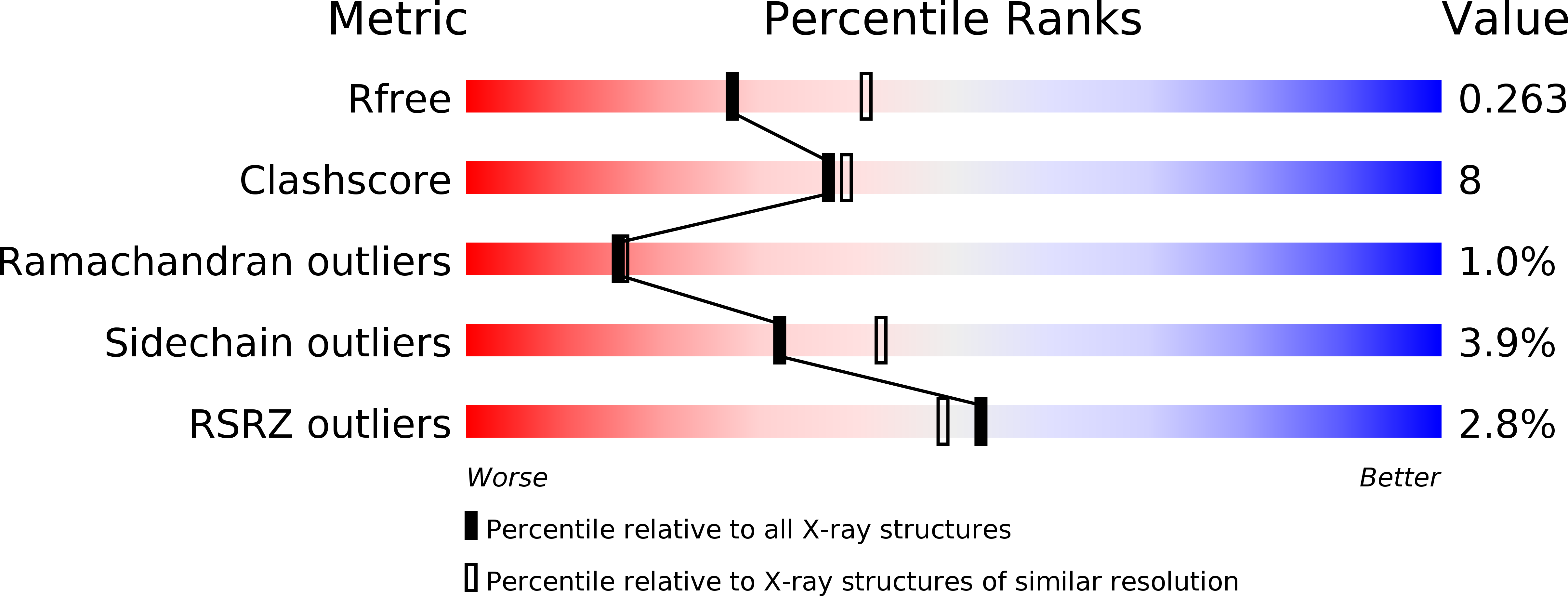
Deposition Date
2012-09-06
Release Date
2012-10-17
Last Version Date
2024-10-16
Entry Detail
PDB ID:
4GZX
Keywords:
Title:
N2 neuraminidase D151G mutant of A/Tanzania/205/2010 H3N2 in complex with human sialic acid receptor
Biological Source:
Source Organism:
Influenza A virus (Taxon ID: 119210)
Host Organism:
Method Details:
Experimental Method:
Resolution:
2.45 Å
R-Value Free:
0.27
R-Value Work:
0.21
R-Value Observed:
0.21
Space Group:
P 1 21 1


